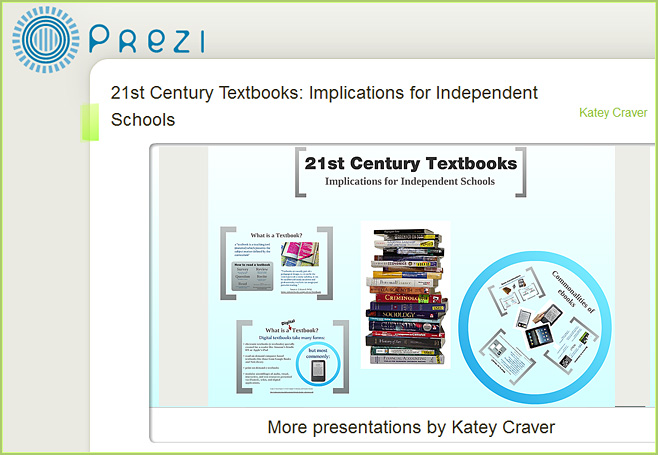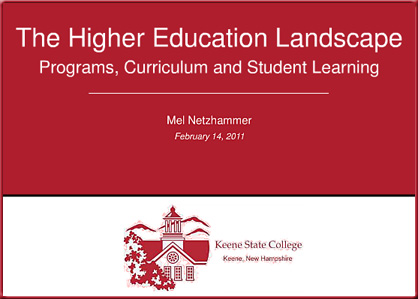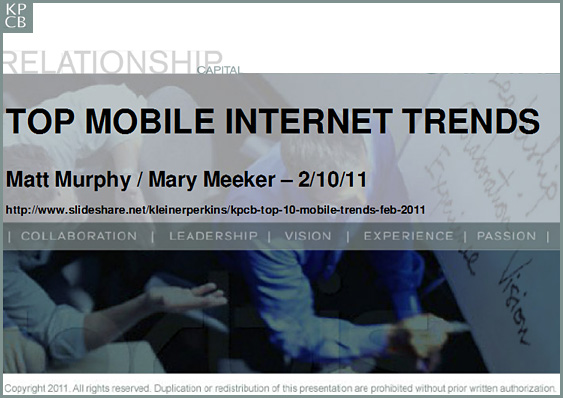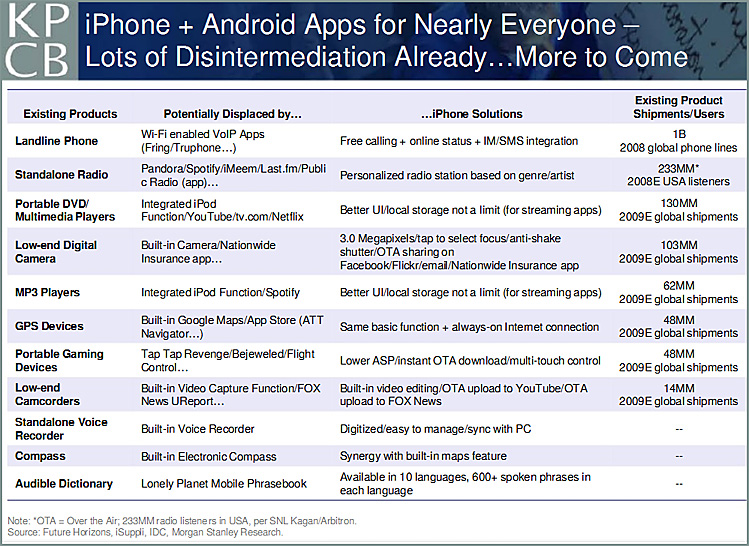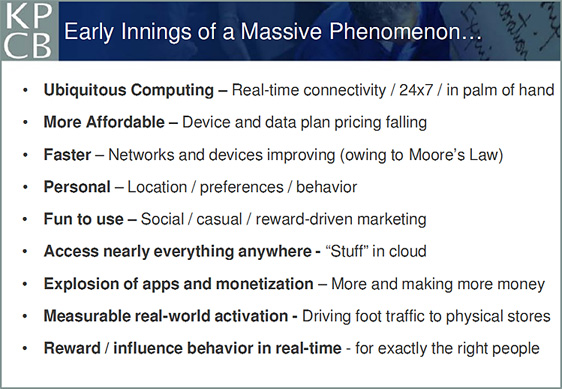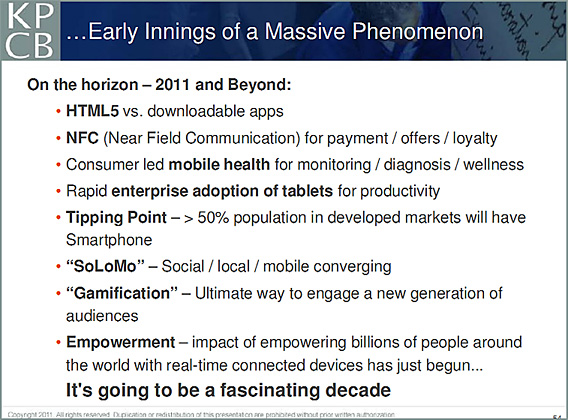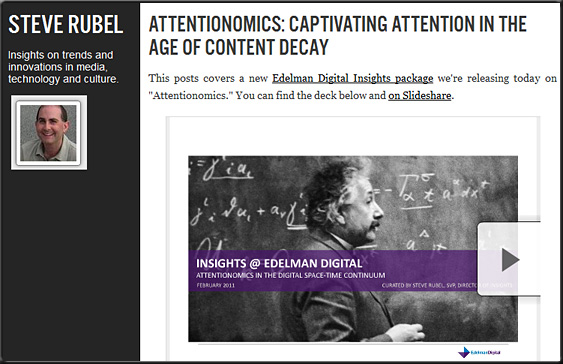Toward a science of learning — from InsideHigherEd.com by Diana Chapman Walsh
In travels around the country, I’ve been seeing signs of a trend in higher education that could have profound implications: a growing interest in learning about learning. At colleges and universities that are solidly grounded in a commitment to teaching, groups of creative faculty are mobilizing around learning as a collective, and intriguing, intellectual inquiry.
This trend embraces the advances being made in the cognitive sciences and the study of consciousness. It resides in the fast-moving world of changing information technology and social media. It recognizes and builds upon new pedagogies and evolving theories of multiple ways of knowing and learning. It encompasses but transcends the evolution of new and better measures of student learning outcomes.
…
I know that this essay is loaded with fighting words. But I believe we need, and are now beginning to see, ways to reframe the problem of learning outcomes, ways that might galvanize positive energy and support within a faculty. Imagine “the administration” saying to faculty, in effect: We want you to be learning all you can about who your students are now, how they learn and what they need to know in order to be successful in a world that is changing faster than we can imagine much less anticipate. And we want you to have the resources and collegial connections you will need to make the pursuit of that question an exciting and fruitful complement to your scholarship. From learning science there are stunning advances that need translation before they can be brought successfully into classrooms, findings and possibilities that at least some faculty might find inherently fascinating if they were approached right, offered a supportive culture with meaningful incentives and rewards and scholarly payoffs.









